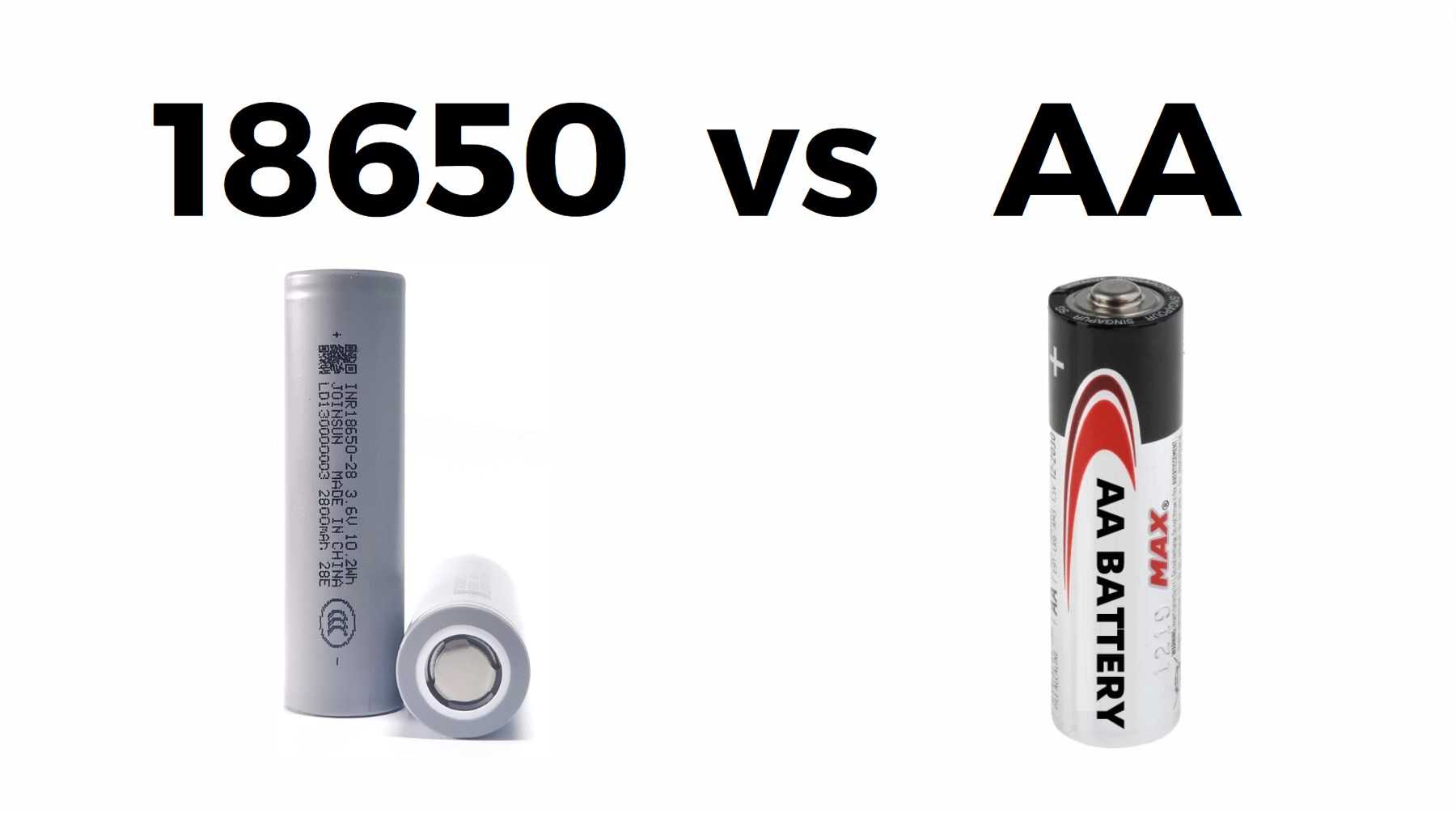When it comes to portable power solutions, the debate between 18650 lithium-ion batteries and AA alkaline batteries is a common one. Each type of battery has its unique characteristics, advantages, and applications. In this extensive article, we will delve into the specifics of both battery types, comparing their performance, capacity, longevity, and suitability for various uses. By the end, you will have a clear understanding of which battery is better suited for your needs.
1. Overview of 18650 Batteries
1.1 What is an 18650 Battery?
The 18650 battery is a cylindrical lithium-ion rechargeable battery that measures approximately 18mm in diameter and 65mm in length. It has become a popular choice in various applications due to its:
- High Energy Density: Provides a significant amount of energy relative to its size.
- Rechargeability: Can be recharged hundreds of times without significant loss in capacity.
- Versatility: Used in laptops, electric vehicles, flashlights, and more.
1.2 Specifications of 18650 Batteries
- Voltage: Typically around 3.6V to 3.7V when fully charged.
- Capacity: Ranges from 1500mAh to over 3500mAh, depending on the specific model and manufacturer.
- Cycle Life: Generally offers between 300 to 500 cycles, but high-quality models can exceed this.
2. Overview of AA Batteries
2.1 What is an AA Battery?
The AA battery is a standard size cylindrical battery commonly used in household devices. They can be either alkaline or rechargeable nickel-metal hydride (NiMH) batteries:
- Widely Available: Found in most stores and used in everyday devices like remote controls, toys, and flashlights.
- Variety of Types: Available as disposable alkaline or rechargeable NiMH options.
2.2 Specifications of AA Batteries
- Voltage: Alkaline AA batteries provide about 1.5V, while rechargeable NiMH AA batteries typically offer around 1.2V.
- Capacity: Alkaline AA batteries usually have a capacity of around 2000mAh to 3000mAh, while NiMH options range from 600mAh to 2500mAh.
- Cycle Life: Rechargeable NiMH batteries can be cycled around 500 to 1000 times, depending on usage.
3. Performance Comparison
3.1 Energy Density
- 18650 Batteries: With their higher energy density, 18650 batteries can store more energy in a smaller volume compared to AA batteries.
- AA Batteries: While they are convenient for low-drain devices, their energy density is lower than that of 18650 batteries.
3.2 Voltage Output
- 18650 Batteries: Provide a higher voltage output at around 3.6V to 3.7V, making them suitable for devices requiring more power.
- AA Batteries: Provide a lower voltage output (1.5V for alkaline and 1.2V for NiMH), which may not be sufficient for high-drain applications.
3.3 Discharge Characteristics
- 18650 Batteries: Maintain a stable voltage throughout the discharge cycle, ensuring consistent performance until depletion.
- AA Batteries: Voltage drops more significantly as they discharge, which can lead to reduced performance in devices.
| Feature | 18650 Battery | AA Battery |
|---|---|---|
| Voltage | 3.6V – 3.7V | 1.5V (Alkaline), 1.2V (NiMH) |
| Capacity | 1500mAh – 3500mAh | 2000mAh – 3000mAh (Alkaline), 600mAh – 2500mAh (NiMH) |
| Cycle Life | 300 – 500+ cycles | 500 – 1000 cycles (NiMH) |
| Energy Density | High | Moderate |
4. Cost Considerations
4.1 Initial Cost
- 18650 Batteries: Generally more expensive upfront but offer long-term savings due to their rechargeability.
- AA Batteries: Cheaper initially but can become costly over time if frequently replaced.
4.2 Long-Term Value
Investing in high-quality LiFePO4 or lithium-ion chargers and batteries can yield significant savings over time:
- The longer lifespan and higher cycle count of the 18650 make it a cost-effective choice for regular use.
5. Applications and Suitability
5.1 Suitable Applications for 18650 Batteries
Due to their high energy density and rechargeability:
- Commonly used in electric vehicles, power tools, laptops, and high-performance flashlights.
5.2 Suitable Applications for AA Batteries
Ideal for low-drain devices where convenience is key:
- Frequently used in remote controls, wall clocks, toys, and other household items.
6. Latest Developments in Battery Technology
Recent advancements in battery technology continue to enhance performance:
- Innovations such as smart battery management systems (BMS) provide better monitoring capabilities for lithium-ion batteries.
- Research into solid-state batteries promises increased energy density and improved safety characteristics in future models.
7. Frequently Asked Questions (FAQs)
7.1 Can I use an AA charger for my 18650 batteries?
No, it is essential to use a charger specifically designed for LiFePO4 or lithium-ion batteries to ensure safety and efficiency.
7.2 How long do each type of battery last?
The lifespan varies; LiFePO4 batteries can last over ten years with proper care, while AA alkaline batteries typically last several months depending on usage.
7.3 Are there any environmental concerns with these batteries?
Both types have environmental impacts; however, rechargeable options like NiMH or LiFePO4 are generally more eco-friendly than disposable alkaline batteries.
8. Conclusion
In conclusion, when comparing the performance and suitability of the 18650 battery versus the AA battery, it becomes clear that each has its strengths depending on the application requirements. While the 18650 battery offers superior energy density and longevity suitable for high-drain applications, the AA battery remains a convenient option for everyday household items with lower power demands.At Redway Battery, we specialize in manufacturing high-quality Lithium LiFePO4 solutions tailored to meet diverse customer needs worldwide. With our extensive experience in this field, we provide custom solutions quickly for wholesale and OEM customers. For a quick quote or more information about our products, please contact us today!




